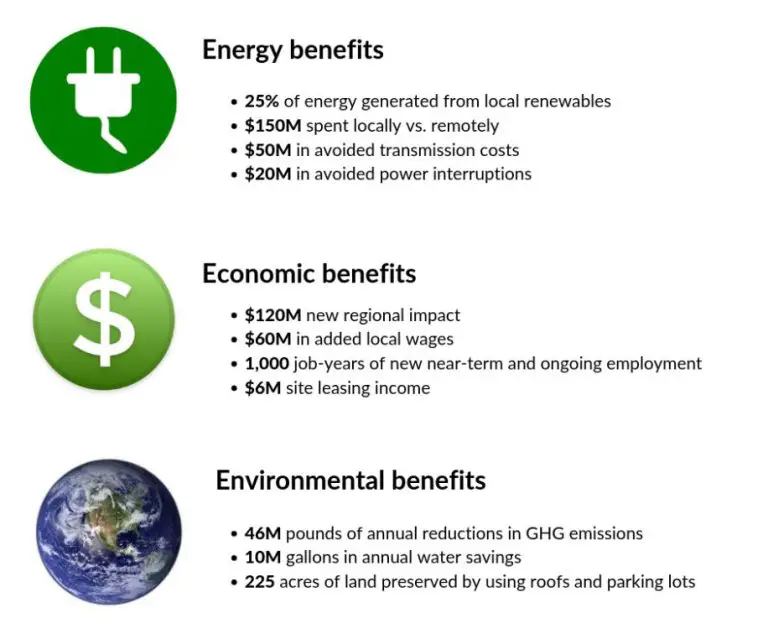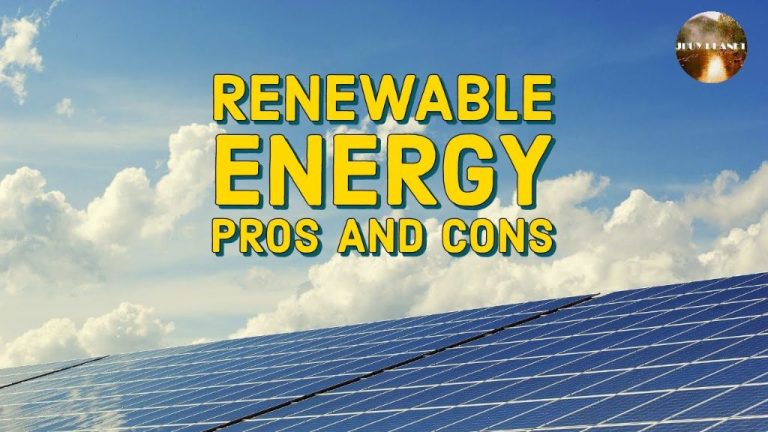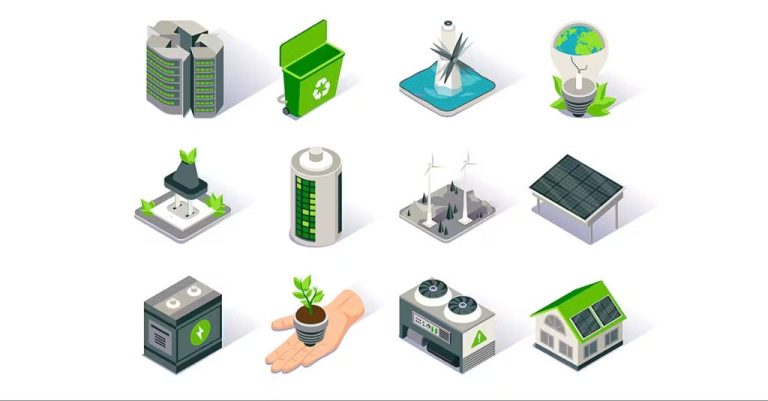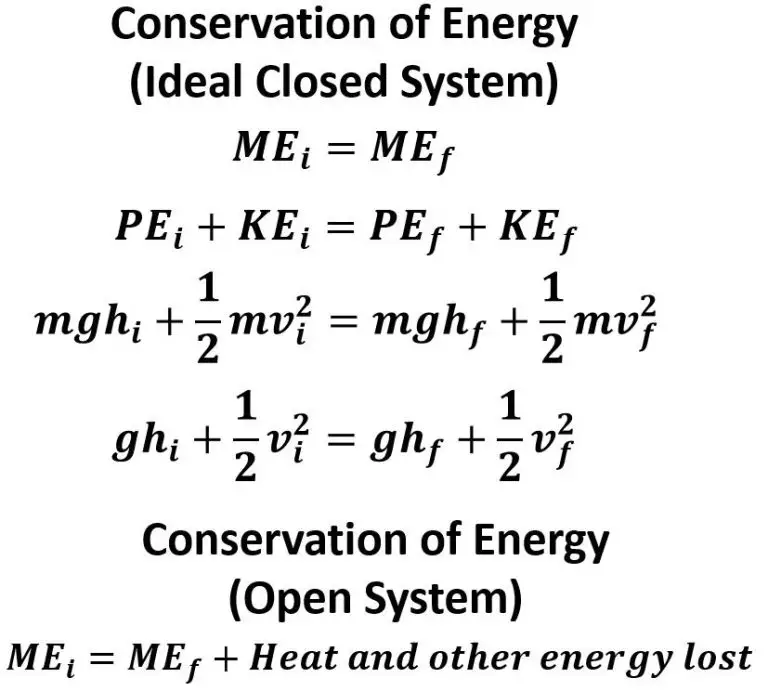What Are 5 Disadvantages Of Using Non-Renewable Resources?
Depletion of Resources

One of the key disadvantages of using non-renewable resources like coal, oil and natural gas is that they will eventually run out. These resources take millions of years to form, yet we are consuming them at a rapid rate. According to the MET Group, at current consumption levels, oil reserves are projected to run out in 50 years, natural gas in 54 years, and coal in 114 years (MET Group). The rate of depletion is concerning, especially when global energy demand continues rising. This creates an unsustainable situation that impacts future generations’ ability to meet their energy needs.
As non-renewable resources become more scarce, extraction costs increase, potentially leading to price volatility and supply issues. According to FasterCapital, economically the depletion can cause price increases and supply shortages, while socially it can lead to job losses (FasterCapital). Research shows the rate of depletion also degrades environmental systems. Ultimately, the finite nature of non-renewables means they cannot support human society indefinitely without major consequences.
Environmental Damage
The extraction and use of non-renewable resources like coal, oil, and natural gas can cause extensive environmental damage in the form of habitat destruction, pollution, and contribution to climate change.
The mining and drilling required to extract fossil fuels often involves clearing vegetation, deforestation, and disturbing or destroying pristine natural habitats (https://greentumble.com/harmful-effects-of-non-renewable-resources-on-the-environment). This can displace or endanger plant and animal species.
Burning fossil fuels generates significant air and water pollution in the form of smog, acid rain, toxic ash, and greenhouse gases that contribute to climate change and ocean acidification (https://www.activesustainability.com/renewable-energy/environmental-impact-of-non-renewable-energies/). Coal mining and nuclear energy also produce radioactive waste.
The greenhouse gas emissions from non-renewables are a major driver of global climate change, rising temperatures, melting ice caps, rising sea levels, and increased frequency of extreme weather events (https://www.sciencedirect.com/science/article/abs/pii/0095069678900104).
Health Hazards
The extraction, refining, and combustion of fossil fuels can have significant impacts on human health. According to the Environmental and Energy Study Institute (EESI), burning fossil fuels releases air pollutants like particulate matter, nitrogen oxides, sulfur dioxide, mercury, and dozens of other toxins into the atmosphere EESI. Exposure to these pollutants contributes to cardiovascular disease, respiratory illness, neurological damage, cancer, and premature death.
Fossil fuel extraction also releases hazardous air pollutants. Flaring excess natural gas, for example, produces black carbon and volatile organic compounds that can cause respiratory and cardiovascular problems EESI. Mining and drilling release methane, a potent greenhouse gas that contributes to ground-level ozone formation and smog.
In terms of water pollution, spills from offshore oil rigs and leaching from coal ash ponds can contaminate water supplies with heavy metals and carcinogens. According to the National Geographic Society, radioactive waste from uranium mining can increase the risk of cancer and bone decay for nearby communities National Geographic.
Those working in fossil fuel industries also face elevated occupational hazards from accidents, exposures to toxins, and respiratory illnesses. The EESI reports higher rates of injuries, cancer, and lung disease among oil, gas, and coal workers compared to the national average EESI.
Geopolitical Tensions
The uneven distribution and depletion of non-renewable resources like oil and natural gas can lead to geopolitical tensions and conflicts between nations and regions. Countries that depend heavily on imported non-renewables can become vulnerable to supply disruptions and price shocks (Vakulchuk, 2020). Much of the geopolitical history of the 20th century was shaped by competition over access to oil, as it became integral for military power and economic growth.
As non-renewable resources deplete, scarcity issues can exacerbate tensions between major consuming countries like the U.S. and China and major producing regions like the Middle East and Russia. Securing access to critical remaining reserves of oil, gas and minerals could lead to an increase in global conflicts (Fthenakis, 2022). Furthermore, the profits from non-renewable extraction often benefit authoritarian regimes, enabling them to resist pressures for political reform.
Transitioning to renewable energy sources like wind and solar could mitigate some geopolitical risks, as they are more widely distributed across countries and less prone to supply shocks. However, the uneven distribution of rare earth minerals needed for renewable energy technology poses emerging geopolitical concerns of its own.
Price Volatility
Reliance on non-renewables like oil, natural gas, and coal can lead to major price fluctuations and uncertainty for consumers and industries. According to Ellison (2013), the combination of depletion and learning effects in non-renewable markets adds significant volatility. As easily-extracted resources are used up, it becomes more expensive to access remaining reserves, pushing costs and prices higher.
For example, oil prices have seen dramatic swings over the past 15 years, from under $20 a barrel in the early 2000s to over $140 in 2008 and back below $30 in 2015. This volatility makes budgeting and planning difficult for consumers and industries reliant on oil and gas for transportation, heating, electricity generation and manufacturing. The volatility also cascades through the economy more broadly. According to Bakhsh (2023), variations in natural resource prices can significantly impact broader economic growth, employment and inflation.
Transition Costs
The transition to renewable sources of energy will require substantial investment worldwide. According to one estimate, achieving sustainable energy goals globally could cost $1,271 per person annually (https://unctad.org/sdg-costing/energy-transition). This includes providing universal access to electricity and clean cooking fuels.
Another analysis estimated that transitioning the US to 100% renewable energy could cost around $4.5 trillion, whether done over 10 years or 30 years (https://e360.yale.edu/digest/shifting-u-s-to-100-percent-renewables-would-cost-4-5-trillion-analysis-finds). The high cost is due in part to the need to build vast amounts of new renewable energy infrastructure while decommissioning existing fossil fuel infrastructure.
There are also costs related to stranded assets, which refers to infrastructure like pipelines, refineries, and power plants that would become obsolete before the end of their useful life. Estimates for global stranded fossil fuel assets range from $1-4 trillion. While costly, proponents argue the investment will pay dividends environmentally and economically over the long-term.
Unsustainability
By definition, non-renewable resources cannot be sustained indefinitely, as they exist in limited quantities and will eventually run out. This makes their use inherently unsustainable in the long run (Source). Reliance on non-renewable resources goes against the principles of environmental sustainability and intergenerational equity. Using up finite resources today means fewer resources will be available for future generations (Source).
Continued use of non-renewable resources is not aligned with sustainability goals like reducing carbon emissions, transitioning to clean energy, and building a circular economy. Over-reliance on non-renewables locks societies into unsustainable practices and makes the shift to renewables more difficult. Phasing out non-renewables in favor of renewable alternatives is critical for environmental sustainability and a low-carbon future.
Reduced Innovation
Reliance on non-renewable resources can reduce innovation and progress in developing new renewable energy sources. Since non-renewables like oil, coal, and natural gas are inexpensive and abundant, there is less economic incentive to invest in emerging renewables like solar, wind, geothermal, etc. This “lock-in” effect perpetuates the status quo and makes the transition to renewables more difficult in the long run (1).
One study found a strong correlation between a country’s renewable energy share and its overall innovation level, suggesting heavy non-renewable dependence hinders technological advancement (2). With secure access to fossil fuels, there is less urgency around pioneering other energy technologies. However, as non-renewables deplete, the countries that innovated more in renewables will have an advantage.
Overall, non-renewables reduce the incentives and market pressures for renewable energy innovation. This can delay the transition to more sustainable energy systems. Countries relying heavily on non-renewables may fail to develop next-generation energy technologies and infrastructure for the future.
(1) https://www.sciencedirect.com/science/article/pii/S2199853123001634
(2) https://www.frontiersin.org/articles/10.3389/fenrg.2022.958839
Social Impacts
Extracting non-renewable resources like oil, gas, and minerals often requires displacing communities that live on or near deposits. For example, Roche (2023) found that the displacement of Indigenous communities is a major social impact of mining rare earth metals needed for renewable energy technologies. Even temporary resource extraction can irreversibly damage communities’ ways of life if they depend on the land being disturbed.
Labor practices in extraction industries frequently exploit workers and endanger their health and safety. As Xu (2023) discusses, the difficult and hazardous working conditions in coal mining have severe impacts on miner health and mortality rates. Dangerous labor practices combined with lax regulations in many resource-rich developing nations contribute to human rights abuses of extraction workers. The global nature of supply chains further obscures accountability for such abuses.
Economic Constraints
Reliance on non-renewable resources can constrain economic growth in several ways. Extracting fossil fuels is capital-intensive, diverting investment away from other sectors like education, infrastructure, and innovation. According to research, the opportunity cost of subsidizing fossil fuels was around $649 billion in 2015 alone (Awodumi, 2020). Developing renewable energy could have created over 2.5 million more jobs that year.
Non-renewable energy dependence also exposes countries to price volatility and supply shocks. For example, oil price spikes have preceded 10 of the 11 post-WWII U.S. recessions (Gnangoin, 2022). Such uncertainty discourages private investment and long-term planning. Transitioning to renewable energy would grant more economic stability.
Furthermore, finite resources like oil and gas will eventually run out. Economies built on non-renewables thus face inevitable decline absent a transition to sustainable energy. The longer countries wait, the more expensive and disruptive such a transition becomes. Phasing out fossil fuels now allows more time for gradual adaptation.






